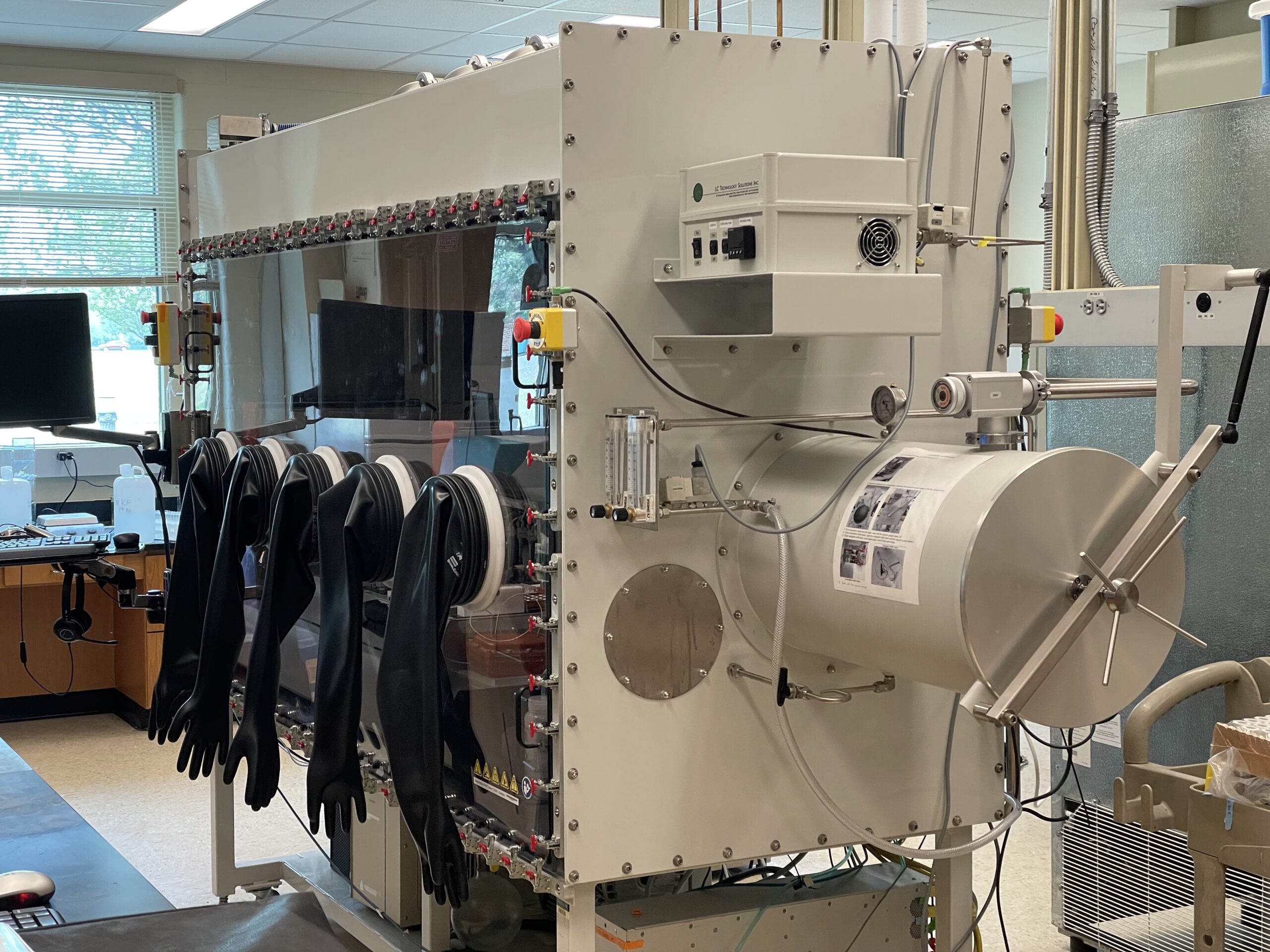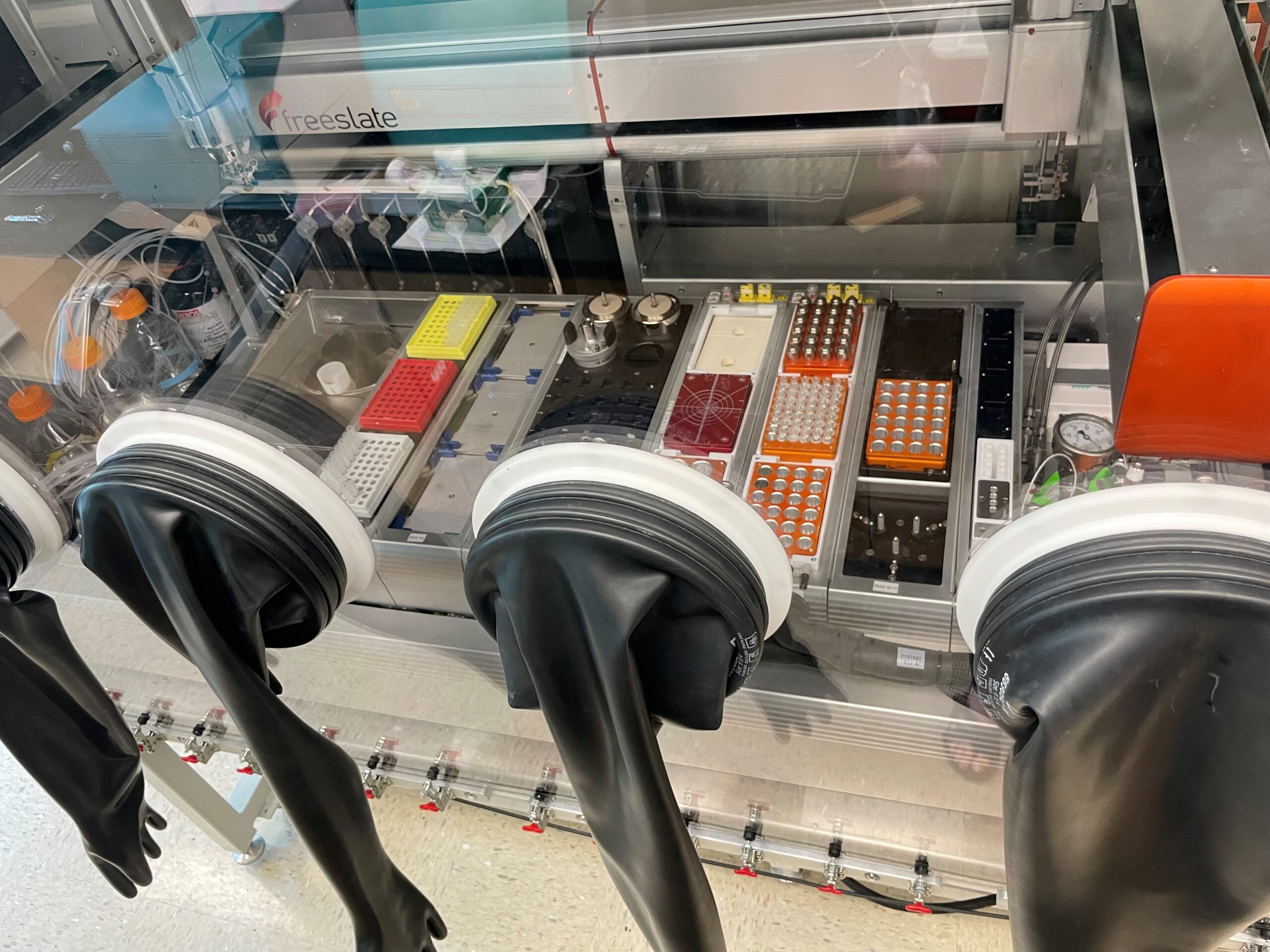A new grant funded by the NIH (SEPA) has been awarded to the Shaw lab to promote inclusion of students with blindness or low vision (BLV) in STEM!
Students with blindness or low vision (BLV) continue to be systemically excluded from chemistry, especially experimental chemistry. While other underrepresented groups face implicit bias across STEM, students with BLV still face explicit bias in chemistry. There are only ~ 10 PhD-level
chemists in the U.S. with early blindness. All are theoretical chemists or educators; none are experimental chemists. Some were told by their high school and college teachers to “drop chemistry”, “switch majors”, “passing is impossible”, “chemistry is too visual” and “too dangerous.” Advances in automated lab technology (robotic reactors), machine vision, and 3D printing will enable BLV students to succeed more easily in chemistry now than in the past.
Baylor faculty in chemistry and special education and three PhD chemists with early blindness are collaborating with five teachers at the Texas School for the Blind and Visually Impaired (TSBVI). Together, we are: (i) developing and testing new methods of making 2D and 3D chemical imagery and data more accessible to blind students at TSBVI, (ii) retrofitting labs (and robots) at Baylor to be accessible to TSBVI students; and (iii) conducting two-day Special Research Experiences (SRE’s) at Baylor University for 30 TSBVI high school students and 5 TSBVI teachers per year.
Update: The robot has arrived in the Shaw lab!



